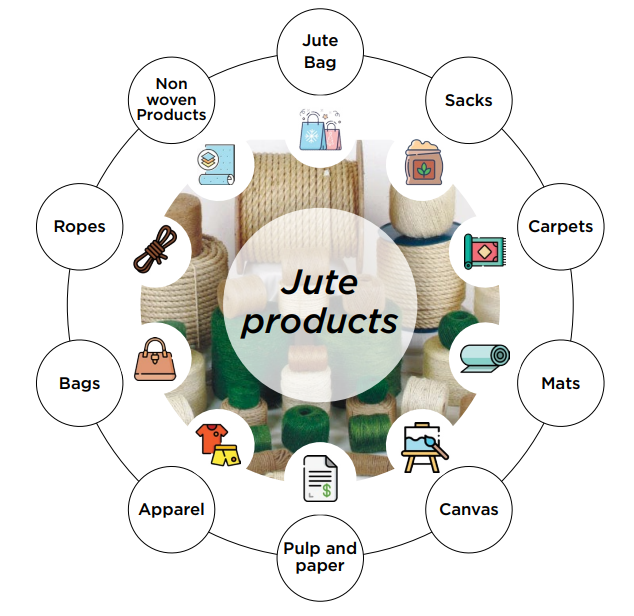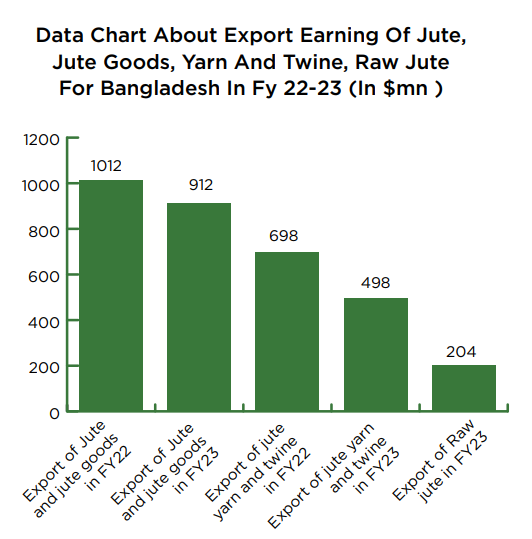Garment makers reducing reliance on imported fabrics
The import of woven fabrics declined by 25.97 percent in the first seven months of this calendar year, compared to the same period last year, as garment makers have brought down their reliance on imported products because of an increase in local production.
Another reason is that international clothing retailers and brands now demand a significantly shorter lead time to catch business in tune with the recovery in the global supply chain from the severe fallouts of the pandemic and Russia-Ukraine war, and so local sourcing of materials is more efficient.
International retailers and brands are hungry for new fashion items as they want to establish 12 sales seasons instead of the six or eight of the pre-pandemic times owing to fierce competition in the business.
As a result, they want quick shipment of goods and in many cases, they seek the goods through expensive air shipments instead of the normal delivery route over sea.
Following such a change in the business behaviour of international retailers and brands, the local garment suppliers, textile millers, weavers, spinners and knitters have also changed their production and procurement behaviour to match up.
The local garment suppliers started procuring fabrics from local sources instead of imported fabrics to comply with demands for a shorter lead time.
Currently, international retailers and brands demand a lead time of 45 days to 60 days as opposed to the previous 90 days and 120 days for the delivery of goods.
It is almost impossible to maintain such a lead time if the garment is made from imported fabrics as it takes at least 30 days to import the fabrics from other countries, mainly from China, to Bangladesh.
If the lead time takes any longer, there is a possibility of the work orders being cancelled.
As a result, the local garment exporters, especially the woven garment manufacturers, have started procuring the fabrics they require from the local markets to reduce the lead time.
For this, import of woven fabrics stood at 2,69,671 tonnes between January and July of this year whereas it was 3,64,321 tonnes in the corresponding period last year, according to Bangladesh Textile Mills Association (BTMA).
In terms of the value, it was a decrease of 16.08 percent to Tk 19,860.83 crore, the BTMA data also showed.
The increase in the local sourcing of woven fabrics also indicates that more value addition is taking place in the domestic garment sector.
Abdullah Al Mahmud (Mahin), chairman and managing director of Mahin Group, which is a supplier of woven fabrics, said he has been receiving an increasing number of work orders over the last six months. He also pointed to shorter lead times and rising competition as another factor.
Citing the example of a major Spanish brand, Mahin said it wants deliveries within a maximum of two weeks. As a result, local garment makers buy the fabrics from the local markets instead of importing it, he said.
The forecast is that there is pressure from a lot of work orders up to October and production capacity in his mill may go up to 80 percent to meet the demand, he said.
In case of knitwear, local spinners for many years have been able to supply more than 90 percent of the raw materials. So, they have been able to enjoy a shorter lead time for a long time.
AK Azad, chairman and chief executive officer of Ha-Meem Group, said the demand for non-denim fabrics produced locally has been rising mainly to maintain the lead time because the business was shifting from China to Bangladesh.
International retailers and brands want delivery of goods at the earliest, he said.
Monsoor Ahmed, chief executive officer of the BTMA, said sourcing of fabrics from the domestic markets reduced lead time significantly.
More importantly, garment makers can also buy fabrics through deferred payments and frequently seek replacements for the fabrics in case of quality issues, which would not have been possible in case of imported fabrics, he said.
Bangladeshi knitwear items have been performing strongly for many years because of the local availability of raw materials, said Md Fazlul Hoque, managing director of Plummy Fashions Ltd.
They are beating the odds of not having the geographical proximity with major export destinations and not even having direct shipping lines, he said.
In case of woven items, the same may happen soon, he said.
“We are reducing dependence on imported fabrics,” said Faruque Hassan, president of the Bangladesh Garment Manufacturers and Exporters Association (BGMEA).
Many composite mills can supply garments even with 30 days of lead time as they have raw materials on hand. But such cases are rare, he added.
BTMA President Mohammad Ali Khokon said the demand for locally-made woven fabrics has been increasing but a clearer picture would be available after the next quarter.
News Source : thedailystar























